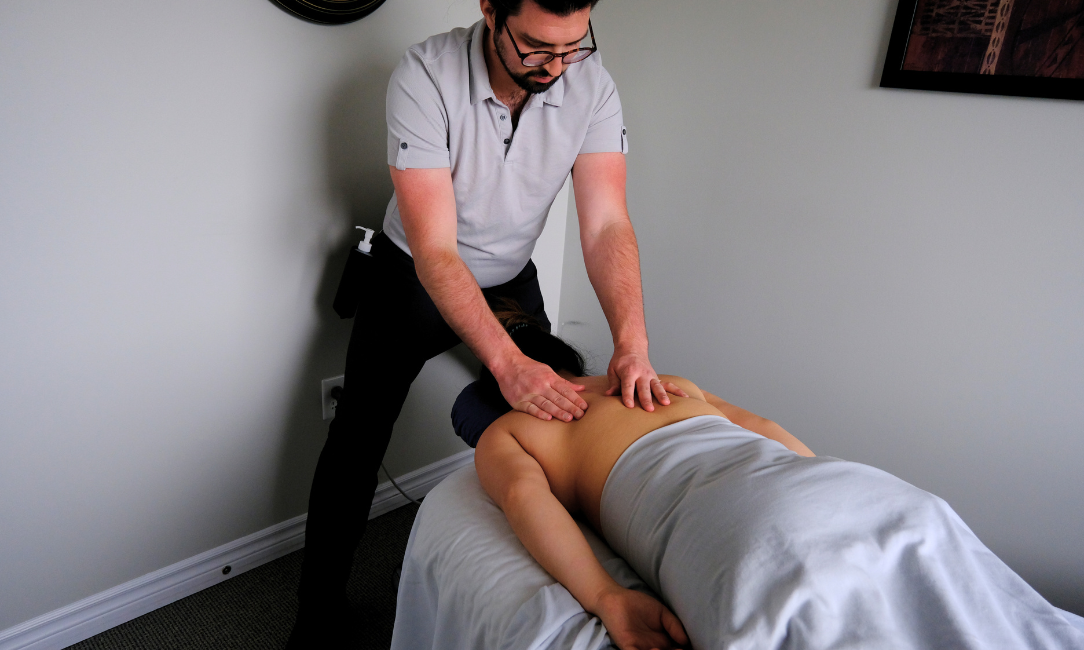Foot Pain: Is It Plantar Fasciitis?
July 20, 2021
Have you ever felt like your foot was tearing as you walked? Or felt pain in your heel when your foot hits the floor in the morning? That could be plantar fasciitis!
Although it can happen any time, you may experience it in the Summer due to increased activity and being barefoot or in flip flops more often.
Don’t worry! We can help get you back on your feet (pun intended!)
Plantar Fasciitis Causes
The plantar fascia is a thick band of connective tissue on the bottom of your foot. Plantar fasciitis is inflammation, usually resulting from overuse, walking or exercising in improper footwear, weight gain, standing on hard surfaces for long periods or other factors such as birth defects.
Shoes such as ballet flats and flip-flops typically don’t provide enough arch support to keep the plantar fascia supported, so it flattens out and stretches resulting in pain and inflammation.
Plantar Fasciitis Symptoms
Typical symptoms are:
- Foot pain around the heel and/or mid foot
- Usually worse in the morning
- Pain typically increases during or after exercise & walking
It can happen in both feet, or just one.
Is Physiotherapy Good For Plantar Fasciitis?
First your physiotherapist will chat with you about your pain and medical history to help determine the cause of your foot pain.
The initial goal of physiotherapy will be to decrease the inflammation in your foot, therefore decreasing the pain you feel.
Then the goal will be preventing it from recurring by helping you address the cause.
Will Massage Therapy Help Plantar Fasciitis?
Massage therapy can help by treating the calf muscles; gastrocnemius and soleus that connect to the plantar fascia via the Achilles tendon. Foot massage can help control pain and release adhesions in the fascia and muscles of the foot.
Things You Can Do At Home
Rest
If you are in a flare up, take a break from the activities that are causing you pain.
Stretching
It is important to stretch the calf muscles to keep the muscles from tightening and pulling on the Achilles tendon and subsequently the plantar fascia
To stretch: stand facing a wall with one leg behind you – the leg you are stretching. Bend your front leg, keeping the back leg straight, and keep your heel on the floor, then lean into the wall until a stretch is felt in the calf. Hold for about 30 seconds.
Ice
Ice can help during a flare up. Keep a filled water bottle in the freezer, and when you need it, take it out and roll your foot over the frozen bottle.
Self Massage
Self massage to your calves and feet in between appointments can also be beneficial.
Final Thoughts
If you are experiencing foot pain, give us a call! Although plantar fasciitis may go away on its own, most people will heal faster with treatment.
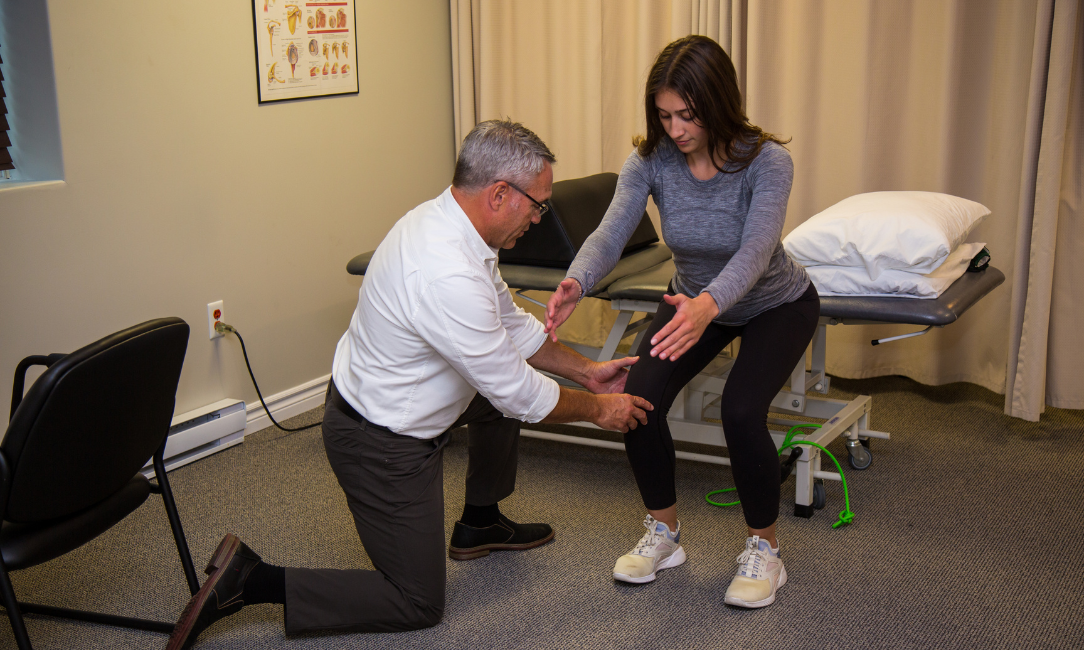
Many people come for massage therapy and physiotherapy treatment when they are in pain, but did you know that we can help prevent pain and injuries from occurring? The goal of preventative care is to help prevent future injuries so that you can keep doing the things you love. Sometimes we don’t realize that our activities can lead to an overuse injury, or that working in the same position every day can lead to a muscle imbalance. Here’s how we can help through physiotherapy and massage therapy, including common conditions that can be addressed or prevented through preventative care. What Is Preventative Care Physiotherapy? Preventative care physiotherapy can help you stay healthy and injury free. All physiotherapy appointments start with a health intake and detailed assessment. The assessment may involve observing your posture and certain movements, measuring your range of motion, and palpation of the area to feel the muscles, joints, ligaments and other structures involved. This can help identify any potential issues or activities that could lead to an injury like an overuse injury. With all of the information from the health intake and assessment, we can help you by providing exercise programs, educating you on how to avoid injuries, and how to spot the early stages of an injury. What Is Preventative Care Massage Therapy Massage therapy is a versatile treatment and it can range from deep tissue massage honing in on specific muscles, or a general full body treatment focused on stress reduction and tissue health. Both forms of massage therapy can be preventative care. Similar to a physiotherapy treatment, your appointment will begin with a health intake and assessment. This will help your RMT identify your goals and any potential issues. Massage therapy has many different benefits including reducing stress. Not all stress is bad, but staying in a chronically stressed state can lead to health problems like high blood pressure, heart attacks, strokes, headaches, digestive problems, and more. Not only does massage give you some much needed “me time” away from your phone, work and responsibilities, massage can help trigger a relaxation response in your brain that in turn releases serotonin. Massage therapy also helps address muscle tension, and can help improve range of motion, both of which can help prevent injuries down the line. What Conditions Can Preventative Care Address? There are many different conditions that preventative care can address including: Sprain - A sprain is an injury to a ligament. Strengthening muscles surrounding a joint can help prevent sprains. Strain - Strains are muscular injuries, often called “pulled muscles”. Strengthening can also help prevent strains. Repetitive Stress Injuries - When you perform any repetitive motion, you are at risk for injuries like tendinitis or bursitis . Preventative care can help identify these patterns and help you find ways to adjust before injuries occur. Back pain - Back pain is a common complaint. By strengthening the core and educating you on the optimal way to lift, we can help you prevent back pain and injuries. Illnesses - Specifically, massage therapy can help improve your immune system , which can help improve our ability to fight infections and prevent illnesses. Final Thoughts By preventing injuries before they happen, you won’t have to stop doing the things you love! Our goal is to keep you happy, healthy and injury free through preventative care. Ready to book your appointment? Contact us at 902 865-8100!

The Role of Physiotherapy, Massage Therapy, and Occupational Therapy After Joint Replacement Surgery
Joint replacement surgeries are incredibly common, with over 100,000 performed each year in Canada. We see many people in the clinic who are either waiting for joint-replacement surgery or who are recovering from surgery. Physiotherapy, Massage therapy and Occupational therapy can play an integral role in the recovery process from joint replacement surgery. Common Types Of Joint Replacement Surgery Hip Replacement A hip replacement involves replacing the damaged part of the hip with new artificial parts. Osteoarthritis, Rheumatoid arthritis, an injury, fracture or childhood hip disease are all common reasons why a hip may need to be replaced. Knee Replacement Knee replacement surgery involves replacing damaged parts of the knee with new artificial parts. This can include the entire joint (also called a total knee replacement) or just one section. Osteoarthritis or other arthritis conditions are the most common reason why a knee is replaced. Why Rehabilitation is Important After your joint replacement surgery, getting moving again is an important part of the healing process. You’ll want to regain your muscle strength and range of motion. Physiotherapy, massage therapy and occupational therapy can all help you get back on your feet - and back to the things you love! How Physiotherapy Can Help Regaining your muscular strength and flexibility is key after a joint replacement. After joint replacement surgeries, you will often experience a temporary reduction in mobility and strength, along with stiffness and discomfort. Physiotherapists can help by providing you with exercises to do at home or at an onsite gym. They can also help manage and reduce pain, and help you resume your daily activities. Physiotherapy can also be helpful while you wait for joint replacement surgery to manage pain and stiffness. Generally by engaging in physiotherapy before you have your joint replacement surgery, you are better equipped to navigate the challenges associated with surgery and recover more efficiently. How Massage Therapy Can Help Massage therapy can help in collaboration with physiotherapy during your recovery from a knee or hip replacement. Massage therapy can help decrease muscle stiffness and pain as well as general discomfort. Lymphatic drainage can be helpful in decreasing the swelling around the affected joint. In the first 6-8 weeks post surgery, massage therapy will focus on other compensating structures, for example, your other leg, or your back. After that time, typically massage can begin on the replaced joint. While you wait for joint replacement surgery, many people report that massage therapy helps reduce pain, swelling and stiffness. How Occupational Therapy Can Help Occupational therapy helps you by finding ways to solve problems that interfere with your activities of daily living, or “occupations”. Despite the name, it doesn't have to be job related! They can help you by teaching you new ways of doing things, helping you regain skills and develop new ones, by showing you materials or equipment that makes life easier and helping to adapt your environment to work better for you. Before joint replacement surgery, occupational therapy can be especially helpful to help you find ways to participate in your activities of daily living. Get Back To The Things You Love No matter what is holding you back from doing the things you love, we want to help get you back on your feet - literally! Make an appointment for an assessment with us by calling 902 865-8100 .
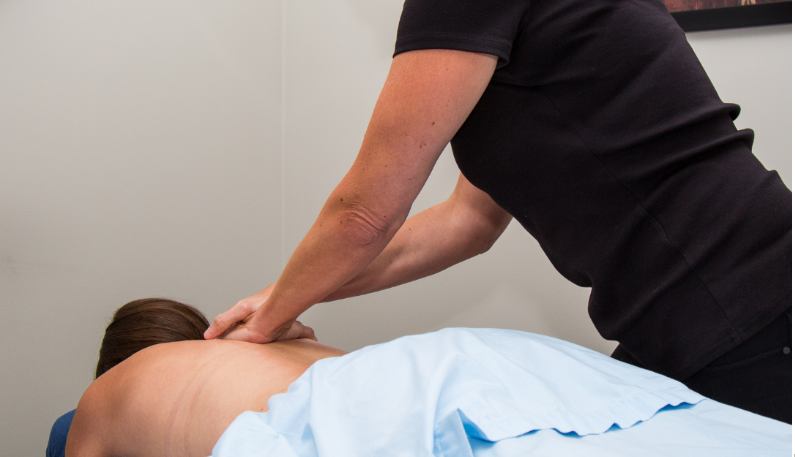
When it comes to massage therapy, the two most common types are General Swedish Massage and Deep Tissue. If you aren’t familiar with the differences you may be wondering what to ask for when you see your RMT. While they are both beneficial, there are differences in approach and intensity. Read on to find out more. What Is General Swedish Massage? Swedish massage has been around since the 19th century and it is the most widely used massage technique in the Western world. Typically Swedish massage uses long flowing strokes and focuses more on the superficial muscles to promote relaxation and relax muscles. Benefits Of General Swedish Massage: Improved circulation Decrease stress Increased relaxation Improved flexibility and range of motion Decreased muscle tension and pain Improved sleep What Is Deep Tissue Massage? Deep tissue massage , as the name suggests, focuses on the deeper layers of muscles and connective tissues. Often, firm pressure is used to access the deeper layers. The techniques used often involve sustained pressure on a “knot” or trigger point, slow, but firm strokes and sometimes frictions across the muscle fibres. Benefits of Deep Tissue Massage: Decreased muscle tension Increased range of motion Decrease chronic muscular pain Rehabilitation after an injury General Swedish Massage vs Deep Tissue - Which Is Better? It depends on your goals, preferences and your health status. There is no right answer to which is better. In fact, you don’t really have to choose. In the same massage appointment you can have deep tissue massage on your shoulder because of chronic tension, and general massage to your legs for relaxation and improved circulation. It’s important to talk with your Massage Therapist about your goals for that particular massage! Book A Massage Today! Ultimately, both Swedish massage and deep tissue massage contribute to maintaining your physical and mental well-being. Whether you prefer the soothing strokes of Swedish massage or the intense focus of deep tissue work, incorporating regular massage therapy into your wellness routine can lead to a healthier, more relaxed you. You can book with our amazing RMTs online or by calling 902 865-8100
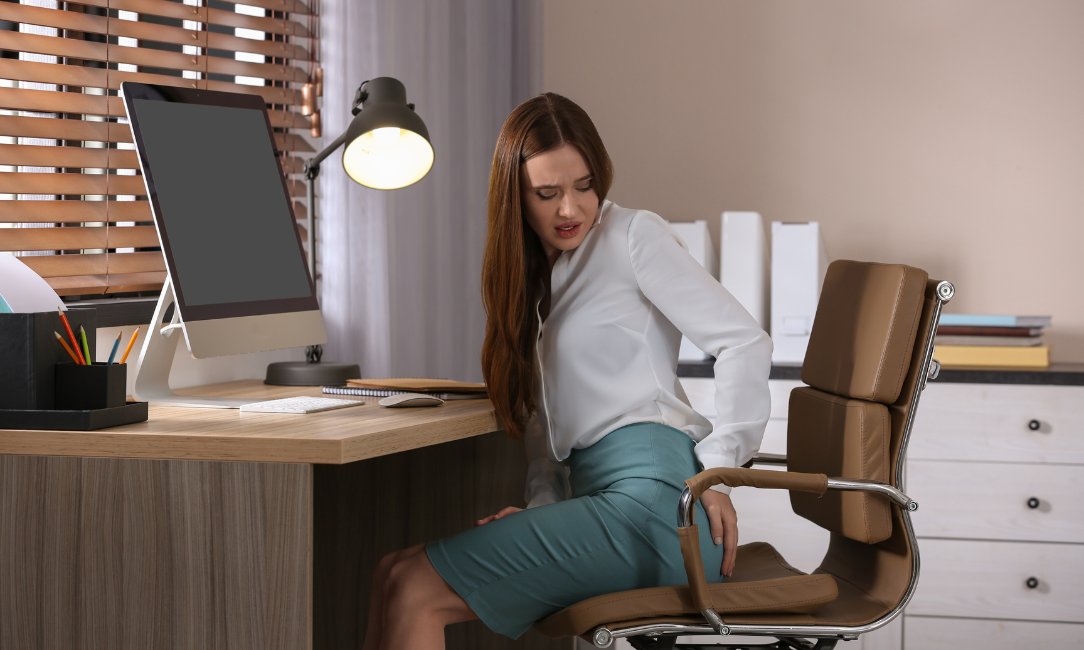
Sciatica is one of those terms that many people are familiar with, and if you’ve ever experienced it, you know how painful it can be. You don’t have to wait for the pain to go away on its own. Often physiotherapy and massage therapy can help you manage the pain. What Is Sciatica? Although many people use the term sciatica to describe hip, buttock or low back pain, true sciatica is caused by the sciatic nerve getting irritated or injured. Your sciatic nerve is the thickest and longest bundle of nerves in your body, traveling from your spinal cord in your low back through your hip and buttock area and down your leg, branching off along the way. Pain can occur anywhere along the path of the nerve. Sciatica vs Piriformis Syndrome Although Piriformis Syndrome affects the sciatic nerve, it is not considered true sciatica. The piriformis muscle is in your buttock, attaching from your sacrum to your femur. The sciatic nerve normally passes under the muscle, but in some cases the nerve actually passes through the muscle . When the piriformis muscle becomes tight or spasms, it can compress or irritate the sciatic nerve, causing buttock and hip pain that sometimes travels down your leg. Causes of Sciatica Conditions that lead to sciatica may include: Disc herniations Degenerative Disc Disease (DDD) Osteoarthritis Pregnancy Spinal Stenosis You are at higher risk for sciatica if you have insufficient core strength, work in a job that requires a lot of bending or heavy lifting, are physically inactive, have type 2 diabetes, use tobacco, are overweight, or have a previous injury. Signs and Symptoms of Sciatica Pain: Many people describe sciatica pain as a burning sensation or like an electric shock. The pain is normally in your low back, hip, and buttock and often shoots down the leg on the affected side. Numbness/ Tingling: Because the nerve is affected, you may also experience tingling also known as “pins and needles” or numbness in your buttock or down your leg. Muscle Weakness: In severe cases you may experience muscle weakness. How Physiotherapy Can Help Treatment for sciatica depends on the cause, however physiotherapy can help reduce the pressure on the sciatic nerve in a variety of ways. In some cases of sciatica, like osteoarthritis and pregnancy , the treatment will focus on pain management. Your physiotherapist may give you home care like stretching, exercises, heat and/or ice, and postural education. If your primary care provider determines you need surgery, our physiotherapists offer rehabilitation treatments to get you back on your feet. How Massage Therapy Can Help While the treatment will depend on the underlying cause, massage therapy can help reduce muscle tension, decrease pain and decrease stress. In the case of piriformis syndrome, our massage therapists can help decrease muscle tension and spasming in the piriformis muscle. You Don’t Have To Live With Pain If you have pain or an injury that is affecting your daily life, see your primary care provider and come in for an assessment! We will make sure the treatment is customized to your needs and goals. Ready for an assessment? Contact us at (902) 865-8100
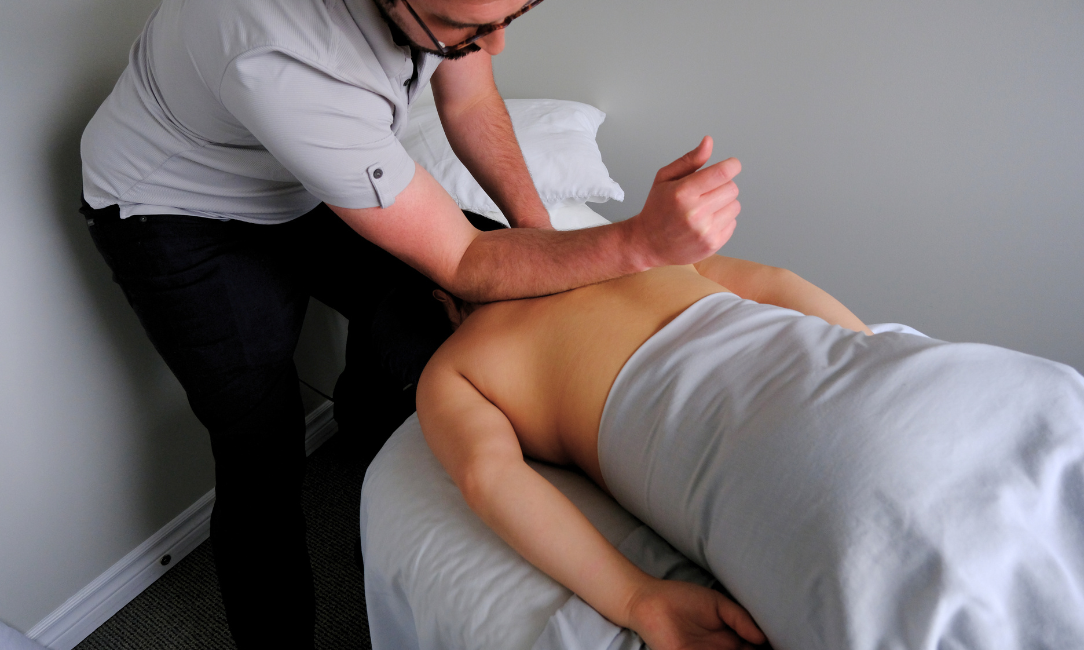
People often come in for a massage and think that it has to hurt in order to “work”, but we’re here to tell you that is a myth! Read about some of the reasons you may experience pain or discomfort during a massage, and some tips to enjoy your massage treatment! Pain vs Discomfort The goal of massage is not to cause pain, but sometimes you may feel discomfort if your massage therapist is using deep tissue massage techniques, or you have an injury. It’s important to communicate with your RMT when you feel any pain or discomfort during your treatment. Your RMT may adjust the pressure, or use different techniques. During A Massage Some people describe deep tissue massage as “hurts so good”. We often say that the discomfort shouldn’t affect your breathing, so if you find yourself holding your breath, or unable to talk, ask for less pressure. Sometimes your massage therapist may ask you to lay in a position that is uncomfortable for you. If so, let them know, there are usually alternatives. For example you can lay on your side instead of on your stomach, or lay propped up by pillows into a semi-seated position instead of flat on your back. After The Massage After your massage, you may feel sore, especially after a deep tissue massage. Feeling tender or like you “worked out” is not uncommon, and it usually only lasts a day or so. Using heat, staying hydrated and getting quality sleep should help. If you are in a considerable amount of pain after your massage, speak to your RMT about your symptoms. They will be able to make recommendations based on your specific situation. Does It Work Even If It Doesn’t Hurt? Massage can be incredibly beneficial, even when moderate pressure is used. Studies show that moderate pressure massage appears to reduce anxiety, and depression, and even help decrease symptoms in conditions such as asthma, migraines, and attention deficit disorder. The bottom line is that if it feels good to you, it’s beneficial. Tips For Enjoying Your Massage Massage preferences are individual! Here are some tips so that you can get the most out of your massage appointment: Communicate with your RMT before treatment. Let them know what your treatment goal is; whether it’s relaxation, decrease in muscle tension, decrease in pain, management of a condition or an hour to yourself. During your treatment, speak up if you are in pain, you want more or less pressure, or even if you need another pillow to feel comfortable. Try other RMTs if the first one you try isn’t a good fit. Every RMT has different specialties and treatment styles. You can book an appointment with our registered massage therapists online or by calling us at 902 865-8100
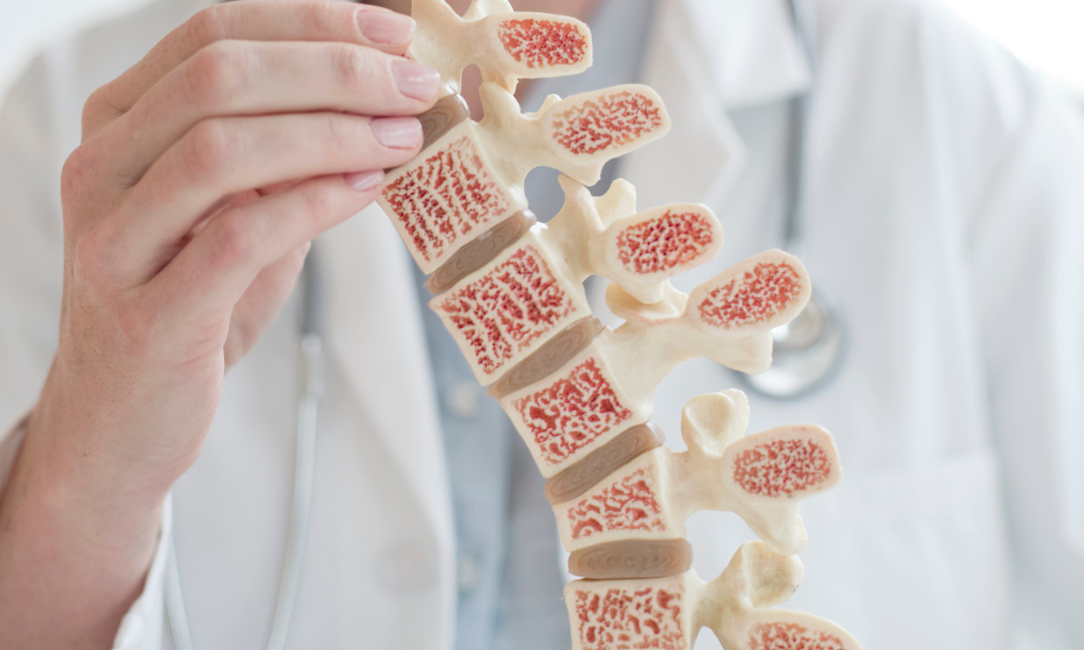
According to Osteoporosis Canada , 2.3 million Canadians are living with osteoporosis, and at least 1 in 3 women and 1 in 5 men will break a bone due to osteoporosis in their lifetime. However there are things we can do to help manage osteoporosis. Let’s examine the role of exercise and physiotherapy for those living with osteoporosis. What Is Osteoporosis? Osteoporosis is a condition where our bones become more porous and therefore less dense. This can eventually lead to fractures, commonly seen in the hip, spine, shoulder and wrist. It is often referred to as being the “silent thief” as calcium is stolen away from the bones with up to two thirds of spine fractures going undetected. Typically you don’t have any symptoms of osteoporosis until a bone fracture occurs. What Causes Osteoporosis? No single cause for osteoporosis has been identified. The incidence of osteoporosis typically increases with age but it can occur in the younger population with certain health conditions. The risk of having osteoporosis is greater if you have had a fragility fracture, have a parent who has suffered a hip fracture, long-term use of glucocorticoids, have rheumatoid arthritis, high alcohol intake or are currently smoking. Why Is Exercise Important For Those With Osteoporosis? Many of the effects of this disease can be curtailed with a good diet which includes sufficient calcium, vitamin D and protein as well as regular weight bearing exercise. On a weekly basis, 150 minutes of moderate intensity aerobic exercise, at least two sessions of strength training, 15-20 minutes of daily balance exercises, postural awareness and back extensor strengthening is recommended. Exercise can help slow the rate of bone loss and build muscle strength which in turn can help prevent falls. What Exercises To Avoid If You Have Osteoporosis? If you have osteoporosis, being active is one of the best things you can do, but there are a few types of exercises that may be less safe. Depending on your risk level for fracture, high impact exercises and contact sports may not be recommended. Repetitive and forceful spinal twists and forward bending should be avoided. It’s important that you talk to your primary care provider before starting a new workout program.
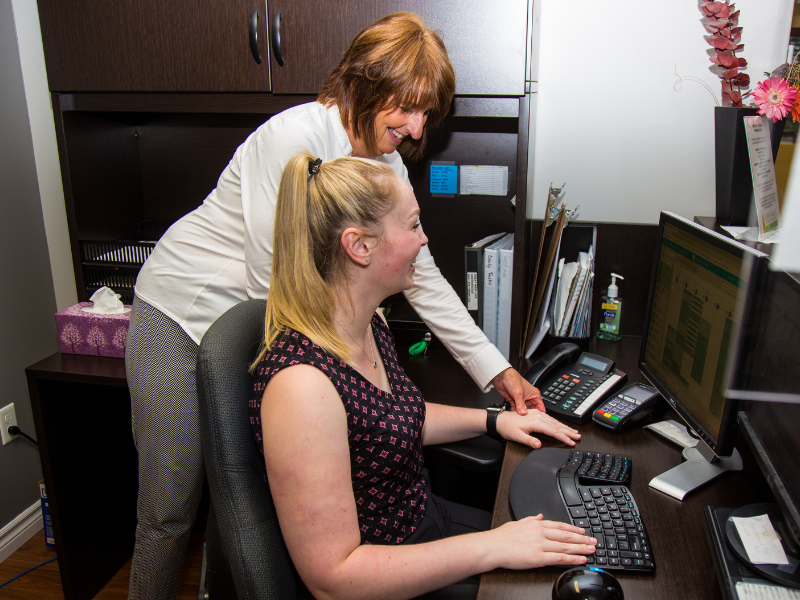
When you’re unable to perform your regular daily activities for whatever reason, sometimes it can be confusing which type of therapist to make an appointment with. Although Occupational Therapy is becoming more and more mainstream, many people still don’t know what occupational therapists can do to help you get back to doing the things you love. Our team here in Lower Sackville is made up of Occupational Therapists, Physiotherapists and Massage Therapists who often work together, but have different roles in your rehabilitation! What Is An Occupational Therapist? Occupational Therapists, often called OTs are health care professionals that help people solve problems that interfere with their activities of daily living, or “occupations”. Despite the name, it doesn't have to be job related! They can help with: Self-care - getting dressed, eating, moving around the house, Being productive - going to work or school, participating in the community Leisure activities - sports, gardening, social activities OTs can also provide home visits, job site visits and/or coaching, physical abilities evaluations, or a return to work plan. Occupational Therapists encourage collaboration with the key stakeholders such as the client, the employer, the insurer, and any involved health care practitioners. What Does An Occupational Therapist Do? When you see an Occupational Therapist , they will do an intake and discuss why you made the appointment, and what activities you are having difficulty with. After an assessment, the OT can help by: Teaching you new ways of doing things Helping you regain skills and develop new ones Showing you materials or equipment that makes life easier Adapting your environment to work better for you Often, you are given tasks or ‘homework’ by your occupational therapist to help achieve your goals.
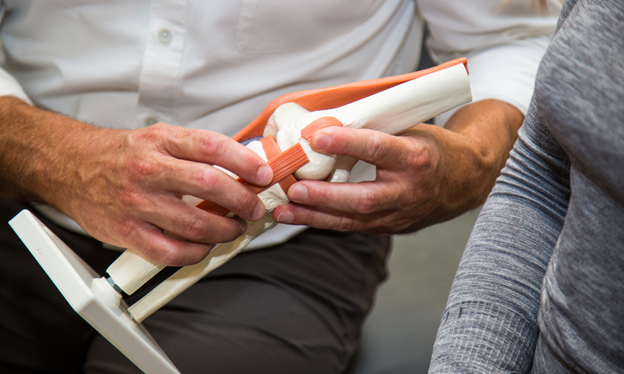
Arthritis is a common condition that affects more than 6 million people in Canada alone. It can cause pain, stiffness, and swelling in the joints, making it difficult to perform daily activities. While there is no cure for arthritis, physiotherapy and massage therapy can help alleviate the symptoms and improve overall quality of life. Although there are many different types of arthritis, the most common type is Osteoarthritis or OA. Some people may call it “joint wear and tear” or degenerative joint disease. It most commonly affects the hands, hips, and knees. How Physiotherapy Can Help Physiotherapy involves exercises, stretches, and manual therapy techniques to improve joint mobility, strength, and function. It can also help reduce pain and stiffness by increasing blood flow to the affected area. Our Physiotherapists will create personalized treatment plans based on your specific needs, focusing on areas that are affected by arthritis. How Massage Therapy Can Help Massage therapy is another effective treatment option for arthritis pain. It involves using manual manipulation of soft tissues, such as muscles and tendons, to promote relaxation, reduce pain, and improve range of motion. Massage therapy can help reduce tension in the muscles surrounding the affected joint, which can relieve pressure and reduce pain. How Massage Therapy & Physiotherapy Work Together Research has shown that both physiotherapy and massage therapy can be effective in treating arthritis pain. A study published in the Journal of Physical Therapy Science found that patients who received physiotherapy had significantly reduced pain and improved joint function compared to those who did not receive treatment. Similarly, a study published in the Journal of Manipulative and Physiological Therapeutics found that massage therapy was effective in reducing pain and stiffness in patients with knee osteoarthritis. When used together, physiotherapy and massage therapy can be a powerful combination for managing arthritis pain. Physiotherapy can help improve joint mobility and function, while massage therapy can help reduce pain and stiffness. Additionally, both therapies can help promote relaxation and reduce stress, which can further improve overall well-being. Final Thoughts If you are struggling with arthritis pain, make an appointment with one of our physiotherapists or massage therapist to create a personalized treatment plan. Together, you can develop a plan that is tailored to your specific needs, taking into account your pain level, mobility, and overall health. With the right treatment approach, it is possible to manage arthritis pain and improve overall quality of life. Book your assessment with us by calling (902) 865-8100 !

